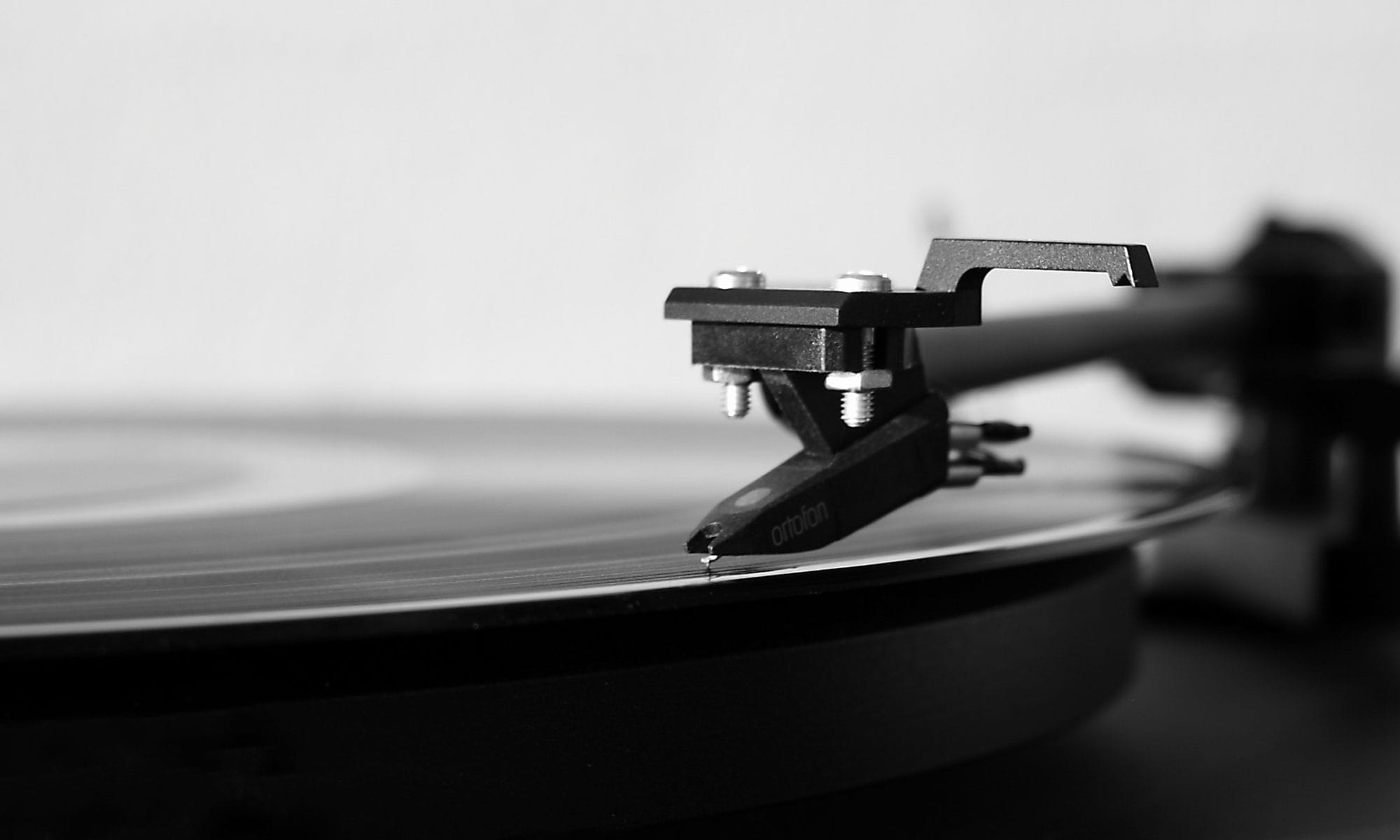
The P-700 phono board in model 22 Marantz units is prone to noisy output, mostly due to leaky transistors and diodes. I recently rebuilt a phono board on the Marantz 2230 receiver and decided to post a how to for anyone with soldering skills to attempt.
If your Marantz 22XX receiver is experiencing noise on the phono output or, you have soldering skills and want to go ahead and rebuild the board before it does, this post is for you.
If you’d like to buy the below parts kit directly from me, you can do so by clicking here.

PLEASE NOTE:
We cannot be held responsible for the work performed by yourself on your own unit. We will stand behind the parts supplied, but we assume you have knowledge of electronics repair and can use a soldering iron and remove/install components from a circuit board. If you do not have that knowledge, please consult a professional for your repairs.
First, the phono board is located on the bottom of the unit. To access, unscrew the bottom metal cover and with the knobs facing on your left, the board is the one on the bottom left hand corner. See photo below.

Once parts arrive, you can replace each in the order below.
Please note, I’m a little neurotic and like to test the unit after I install each new component. That’s overkill for more experienced techs, but it means that if the unit is not playing properly after installing a component, I know I made an error there instead of rebuilding the entire board, having a problem and not knowing exactly where I made the error. Just something to consider!
First, replace the large capacitor at the top of the board, C713 with the 100uf/50v capacitor.
Before you replace, please be sure to note the polarity of the old capacitor and how it’s installed on the board. The board should have a + and – sign printed on top but sometimes those are incorrect. Before removing, be sure to note on the old capacitor which side the negative lead is facing and install the new capacitor in exactly the same direction. (The negative side of the capacitor is the one with the blue stripe and the series of – marks going from top to bottom.)
The old capacitor is circled in the photo below:

Next, replace the two capacitors that look like orange/brown drops on the bottom corners of each side of the board. See below photo. These are replaced with the 22uf/50v capacitors. Again, make sure to pay attention to the polarity and install with the negative lead in the correct hole on the board.

Next, replace all six transistors on the board as seen circled in the photos below. Please note, these transistors must be installed in the correct ECB pattern as listed on the board. The replacement transistors are easy to install since they are all ECB when the lettering on the transistor is facing you. If you insert a transistor incorrectly, you will not have sound so make sure you get it right! (I usually test the unit for sound after each transistor installation just to make sure I got it right.) See below photo:

Replace all six transistors circled below with the correct pin out shown above. The circuit board will be lettered ECB for your convenience.

Next, you will replace the two diodes, H707 and H708 circled in the photo below. These can be installed flat on the board instead of standing high with the black sleeves from the old ones. NOTE: you need to install the diode in the proper direction, with the black line located on the diode pointing towards the vertical bar on the board. I found this article helpful if you have any questions.

Lastly, install the two diodes in series (if you ordered my kit, it will come soldered together!) and replace H709 circled below. NOTE: Keep the black shrink and put on the diode and have it standing off the board just like the old one!!! Again, note the direction to install with the black line on the diodes both facing the vertical line on the board (so the black line on the diode will be facing the two silver cans on the board).

If you’re like me and enjoying watching videos, see the video below by Blueglow Electronics showing how to rebuild a P-700 board on another 22 model unit. Note, he replaces the four lima bean looking mylar/film caps at the top and bottom of the board. After researching, I read where folks think those caps are responsible for the “warm” Marantz sound and shouldn’t be replaced. I decided not to replace those in my unit and it still sounds great.
Now it’s time to adjust the settings on the phono board per the service manual’s instructions:
The Marantz 2230 Service Manual, in Paragraph 13.4, suggests adjusting the phono-amplifier with an oscilloscope. For those without an oscilloscope, I found on the AudioKarma forums a way to adjust using a DDM.
Click HERE for instructions and read posts #12 and 13 for more info.
These steps will rebuild your Marantz 2230 phono board.
Reminder, you can buy the parts kits already assembled and ready to install by clicking HERE.
Before you go…
Also, if you enjoyed this article, please visit our Etsy Store and shop for shirts and other gifts for analog lovers!
Also, don’t forget to shop our Discogs Store to purchase used records, CDs and 45s!
PLEASE NOTE:
We cannot be held responsible for the work performed by yourself on your own unit. We will stand behind the parts supplied, but we assume you have knowledge of electronics repair and can use a soldering iron and remove/install components from a circuit board. If you do not have that knowledge, please consult a professional for your repairs.


